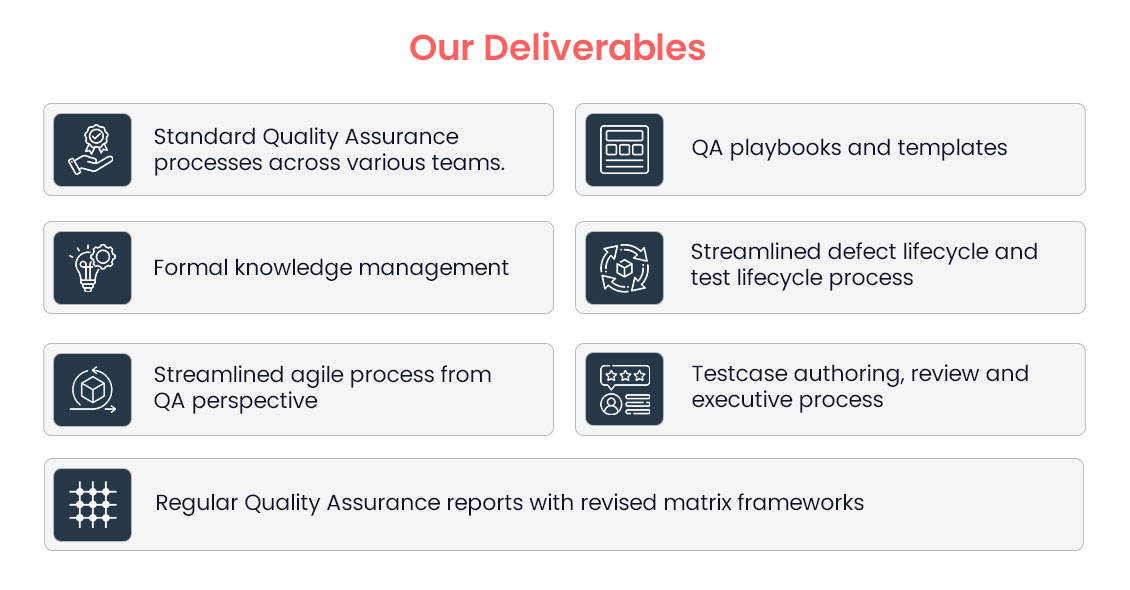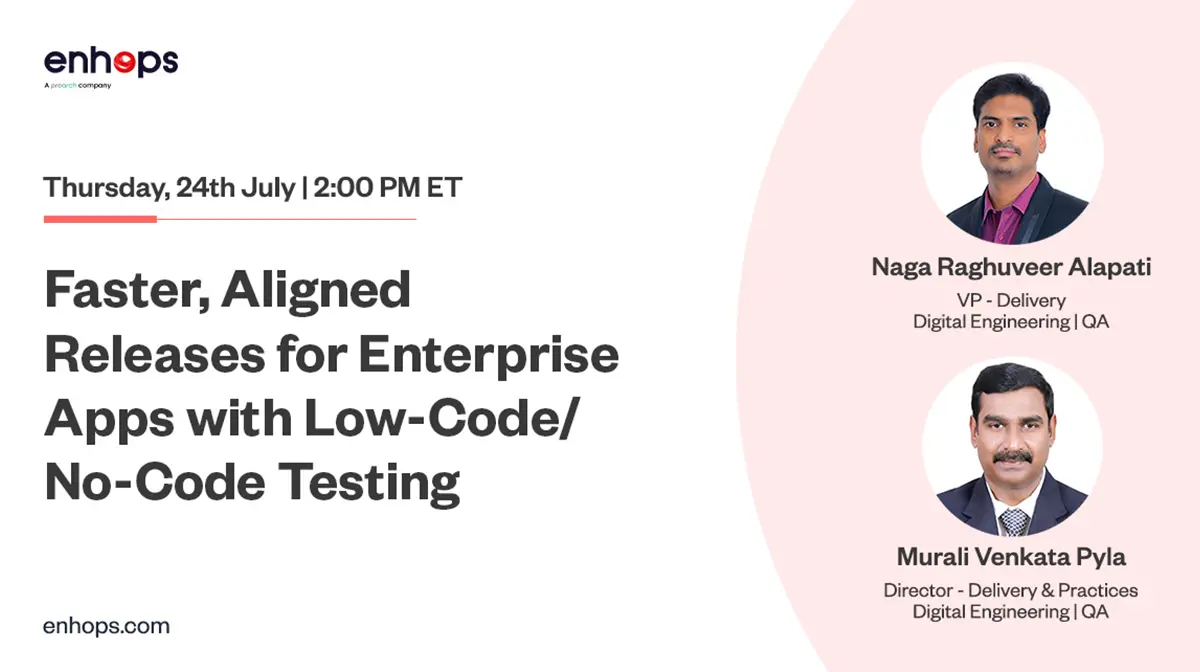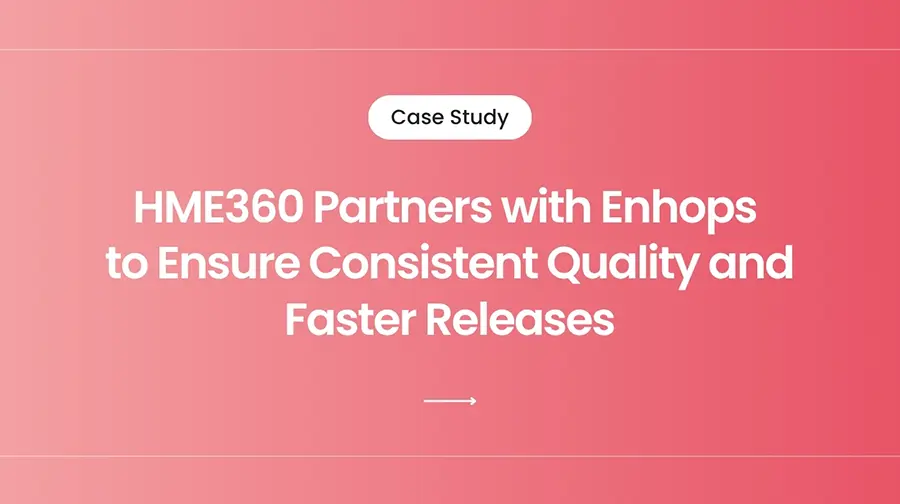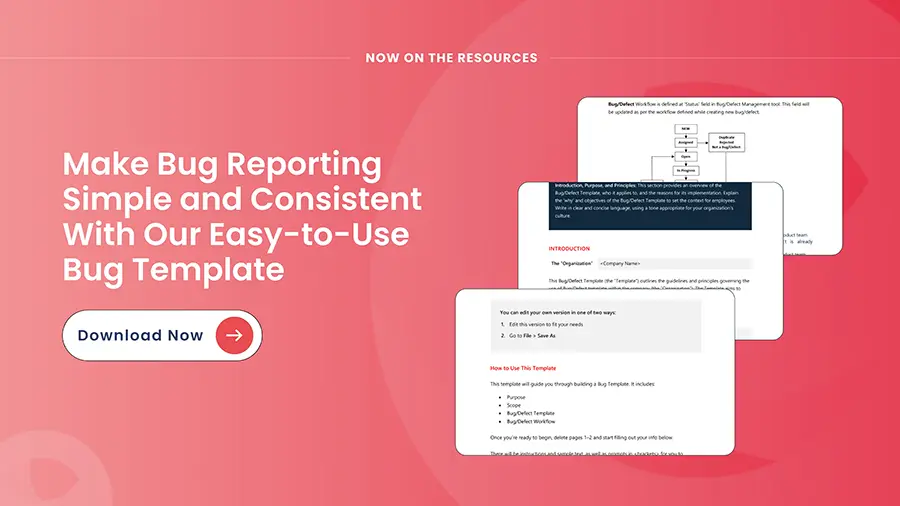Organizations are struggling with inconsistent testing practices and scattered QA resources. This results into high costs, inefficient use of resources, lack of coherent automation strategy, and limited visibility into testing processes. Quality Engineering (QE) leaders require a centralized function to streamline and standardize testing across the organization, ensuring optimal usage of budget and resources.
Testing Centers of Excellence address this by centralizing processes, standardizing testing best practices, optimizing resources utilization, and upskilling current QA engineers.
Testing Center of Excellence is one of our flagships offering in which we help our clients standardize testing processes across organization, help them adopt consistent practices, and formalize knowledge management.
We recently spoke with Murali Pyla, Director of Delivery and Practices, a seasoned expert in establishing Testing Centers of Excellence (TCoE) across multiple organizations, to gain insights on how companies can successfully build their own TCoE function. He emphasizes on benefits like standard and consistent processes, better collaboration between teams, and formal knowledge management within teams. However, he adds this requires consistent efforts, stakeholder buy-in, and strategic approach.
Keep reading to discover Murali’s top recommendations for establishing a successful TCoE.
Key Components of a High-Performing TCoE
Below are the pillars your Testing Centre of Excellence should be built on:
- Business-aligned quality management frameworkThis framework cultivates a culture of continuous improvement, driving incremental change through seamless integration with DevOps/DevSecOps practices. It incorporates quality engineering practices like test automation, continuous testing into CI/CD pipelines. This means engineering teams must take care of quality from day zero with standard tools and processes. The direct business benefits are speedy releases and high-quality digital products.
- Build a diverse team of experts and invest in continuous learning:
- Assemble a cross-functional QA team comprising QA Automation Engineers. Manual QA engineers, process experts, and SDETs to work collaboratively. While strong testing skills form the core, augment the team with domain expertise and platform knowledge to drive efficiencies and address the complexities of modern apps. Encourage pair testing to share knowledge and improve test coverage. This blend of skills will enhance efficiency, test quality, and the team’s ability to tackle diverse testing challenges.
- Organizations must plan to upskill manual QA resources on latest test automation tools for easy adoption of testing best practices. Enhops works directly with client’s QA teams to help them adopt latest tools, technologies, standard templates, and more.
- Establish baseline metrics and KPIs Implement clear, measurable KPIs and relevant metrics throughout the testing lifecycle to track maturity improvements, enable data-driven decision making, and continuously optimize performance. Create dashboard views for stakeholders to visualize lifecycle improvements. Implement automated data collection and reporting processes to ensure accuracy and timeliness. Regularly review and adjust metrics to align with evolving business goals and technology changes.
- Develop a quality mindset across organization A robust quality mindset is cultivated through a holistic approach that integrates both top-down and bottom-up strategies to deliver high-quality applications. This necessitates a firm commitment from stakeholders regarding budget, resources, and timelines. Minor delays and setbacks should not be perceived as definitive outcomes; instead, leadership should strive for continuous optimization of their testing processes.Encourage teams to experiment and try innovative approaches like test isolation, contract testing and service virtualization Consider outsourcing test automation to specialized organizations like Enhops to reimagine old testing methodologies and procedures and achieve scalability in new testing practices.
- Formalize knowledge managementMaintain a centralized repositories for test artifacts, processes, best practices for easy adoption of standard testing methods and it should be accessible to all the stakeholders to standardize knowledge management. Regularly review and update the knowledge base to maintain relevance and effectiveness. Implement a system for capturing lessons learned and innovations, encouraging continuous improvement in testing practices.
- Promote cross-functional collaboration:Encourage collaboration between all teams (Biz, Dev, and Ops) to bridge the gap between quality assurance skills and domain expertise. Involve business users in testing alongside QA teams to accelerate feedback loops. Conduct regular cross-functional meetings to bridge communication gaps and align objectives across the board, ensuring a unified approach to achieving quality goals.
Get Your Free Bug Report Template—Clear, Consistent, Ready to Use
Our Proven Approach
With extensive experience in building and maintaining TCoEs of all sizes, we offer flexible on-shore, off-shore, and nearshore engagements, customizable QA process templates, periodic progress assessments, and strict governance policies. Our comprehensive approach ensures that organizations can establish and optimize their TCoEs effectively, improving quality and efficiency across their testing processes.

Our flexible engagements typically span 3-6 months for setup, followed by 6-12 months of optimization. This approach enhances test maturity, improving quality, performance, and security across your organization. Our TCoE services are customized based on client needs and requirements. Whether the engagement is to improve testing practice for one or two projects or bring in quality mindset throughout the organization, our TCoE works towards better test maturity for your organization.
Check our TCoE guide to learn how you can empower your QA team and elevate your testing processes.
How to Measure Success & Show ROI
Tracking and demonstrating success is key to sustaining your TCoE. Consider metrics in these categories:
- Efficiency / Cost Metrics: reduction in test cycle time, reduction in testing cost per release, percentage of repeat test automation reuse.
- Quality Metrics: defect escape rate (post-release defects), first-pass success rate, automation coverage (percentage of tests automated).
- Business Outcome Metrics: release frequency, time-to-market, user satisfaction/defect rate in production, operational risk/defects.
- Capability Maturity Metrics: number of projects using TCoE templates, percentage of QA resources up-skilled, utilisation of knowledge repository.
Dashboards that show trending improvement (not just static numbers) help tell the story and secure ongoing support.
Conclusion
Launching a high-performing Testing Centre of Excellence is a strategic investment — not just in tools, but in people, processes and culture. When done right, a TCoE drives consistency across testing, boosts automation, aligns QA to business goals and enables faster, higher-quality releases. As Murali Pyla emphasises: this requires stakeholder buy-in, a strategic roadmap and sustained effort — but the payoff is real.
Ready to establish a successful TCoE setup?
Partner with us to get a customized services to improve testing practices and promote quality across the organization without large upfront costs. Try our risk-free and budget-friendly PoC to get an assessment of the tangible benefits of this engagement.




